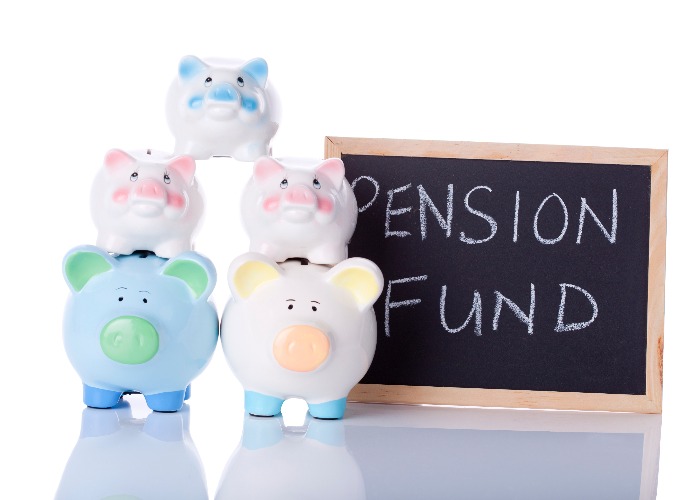Small pension schemes face winding up or consolidation if they can’t demonstrate value

DWP wants to see more consolidation among pension schemes over concerns they deliver poor returns to savers.
Getting a good return on the money you put aside in your pension is crucial if you want to enjoy a comfortable retirement.
And new rules from the Government should make that just a little bit easier.
The Department for Work & Pensions (DWP) has published new draft rules, which aim to force defined contribution pension schemes to prove they offer value to savers or else face being wound up.
Trustees of pension schemes will be expected to demonstrate to the regulator that they deliver good value to members.
And if they can’t do that, they have two options ‒ they either need to set out precisely how they plan to improve and ensure members get a better return, or else they will have to wind up the scheme and consolidate with another scheme.
Why less choice may be a good thing
According to The Pensions Regulator of the roughly 3,000 defined contribution schemes currently in the market, around 2,150 have 100 members of less.
Of these 1,300 have fewer than 12 members, which is not really sustainable.
The DWP hasn’t hidden the fact that it wants to see more consolidation among these smaller pension schemes.
In its latest publication, it said that it saw consolidation as the most effective way for pension savers to get best value from their pension schemes, while they would also mean savers could get access to a more diverse range of investment products and strategies.
 The thinking is pretty simple.
The thinking is pretty simple.
While there will be a smaller number of pension schemes overall, the pension schemes that are in operation will be bigger, as they manage more assets.
That opens up greater economies of scale and potentially new forms of investment which simply aren’t going to be available to the smaller pension schemes.
Essentially, there’s little point having a wide range of choice when the majority of schemes will deliver mediocre results, when you could trim that choice but mean savers enjoy better returns on the cash they squirrel away.
Consolidation is already happening too.
The number of schemes dropped by 12% last year, though it’s the schemes at the smaller end that are consolidating more slowly.
Bad value for money
It’s not just a question of how impractical having such a small pension scheme is either, but the money involved doesn’t make sense either.
On average the charges involved with these smaller schemes are almost DOUBLE those of the largest schemes, while almost two-thirds of schemes with less than 100 members failed to meet any of the five ‘key governance requirements’ set out by the Pensions Regulator.
In other words, if you’re saving in a smaller scheme, there’s a good chance you’re getting horrendous value for money.
What happens when my scheme is wound up?
As a result we are likely to see far more smaller schemes being wound up in the months to come. So what does that mean for you if you happen to be saving in one?
Your pension pot is likely to be part of what’s called a ‘bulk transfer without consent’, which despite the ominous name basically means that the money is being moved to a new arrangement, without needing to get your explicit permission to do so.
According to the DWP, if this is happening with your pension scheme, then you should receive “short, clear messages” from the trustees which include the following:
- Contact details for people at both the transferring and receiving schemes;
- Any relevant information on the transferring scheme and employer which will help the member to remember the original scheme (for example if they have left the company but still have a pension with them);
- General information about the receiving scheme;
- Whether the individual will become an active or deferred member;
- The timeline for the transfer.
It is also recommended that these communications include an explanation for why the transfer is happening, a comparison of the funds and options in both the transferring and receiving scheme, and the options open to the saver should they want their money to go into a different fund post-consolidation.
The actual timeline for the consolidation can vary, but at the bare minimum your current scheme should keep you informed throughout the process of how long it’s going to take, and why you’re going to be better off afterwards.
Comments
Be the first to comment
Do you want to comment on this article? You need to be signed in for this feature